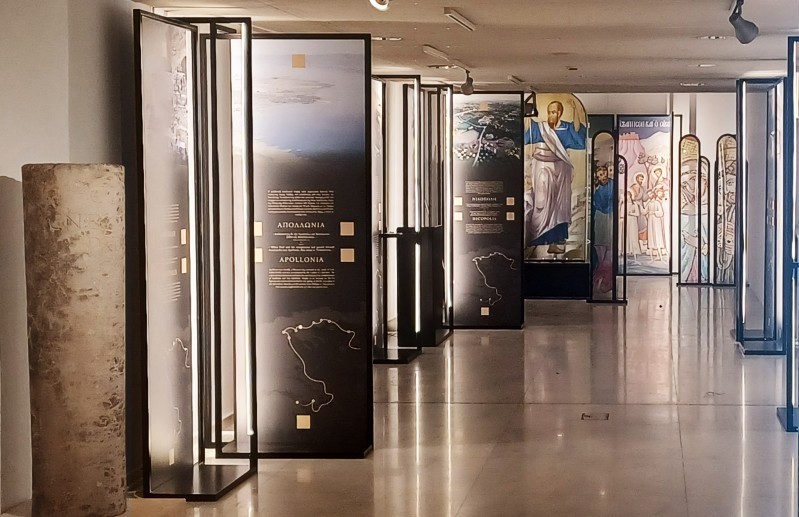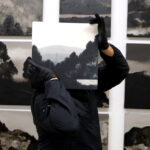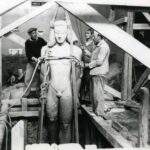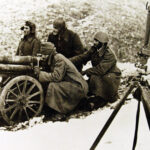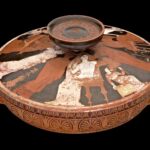The exhibition “In the Footsteps of St Paul” (30.1-30.4.2025), presented at the Archaeological Museum of Thessaloniki, traces the Apostle Paul’s second missionary journey from Macedonia to Corinth (50-51 AD), which influenced world history by marking the beginning of the end of the ancient world. It was designed by the Directorate of Prehistoric and Classical Antiquities of the Ministry of Culture and implemented within the framework of the project “Cultural Route: “In the footsteps of Saint Paul, the Apostle of the nations“.
The exhibition was structured within a revised framework of documentation, based on the text of the Acts of the Apostles, St Paul’s letters to the newly founded Christian Churches and his associates, historical and archaeological research, as well as the oral tradition that preserved the memory of the Apostle unaltered. It aims to connect the apostolic journey with archaeological sites and monuments from the Greco-Roman era, the Jewish Diaspora, and the Christian world at the stations of the Apostle’s journey, as well as current cities of modern Greece.
The Archaeological Museum of Thessaloniki is the first stop of the exhibition, which will also travel to other cities in Greece located near the sites of the Apostolic Journey. The exhibition is enriched with objects from the museum’s collections that shed light on aspects of Thessaloniki’s society before and after St Paul’s visit, reflecting the impact of his teachings.
(Source: Archaeological Museum of Thessaloniki)
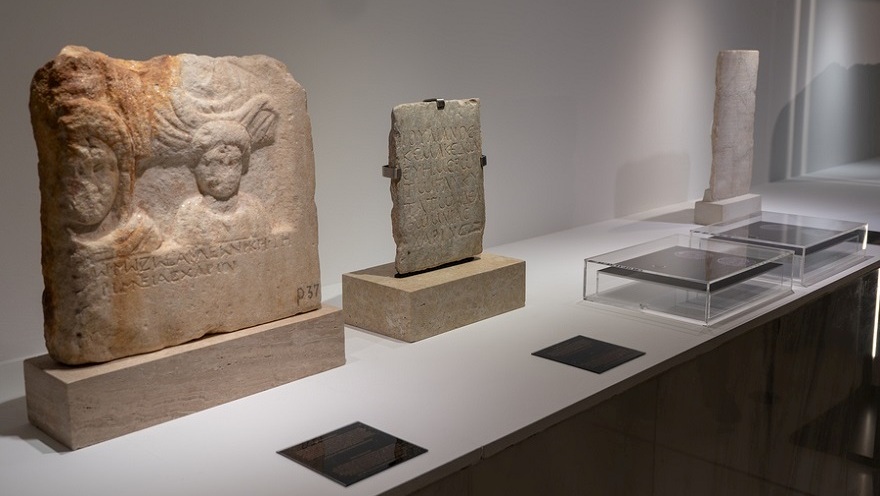
The project “Cultural Route: “In the Footsteps of Saint Paul, the Apostle of the Nations” is a candidate for certification as a Cultural Route of the Council of Europe. The Route is managed by a European Grouping of Territorial Cooperation, with its headquarters located in Thessaloniki. This initiative is a collaboration of four partners from Member States of the Council of Europe: Belgium, Cyprus, Greece and Italy. The partners include the Pafos Regional Board of Tourism, the Central Macedonia Region, and Lazio Region – Regional Tourism Agency. (Source: Enlarged Partial Agreement on Cultural Routes of the Council of Europe)
The exhibition at the Archaeological Museum of Thessaloniki is based on the Apostle’s second missionary journey in the Greek peninsula, connecting religious tradition with historical evidence and archaeological remains. Starting from the island of Samothrace, which St Paul visited coming from Minor Asia in the spring of AD 50, one can visit the early Christian basilica of Palaiopolis, built at the site from which he departed.
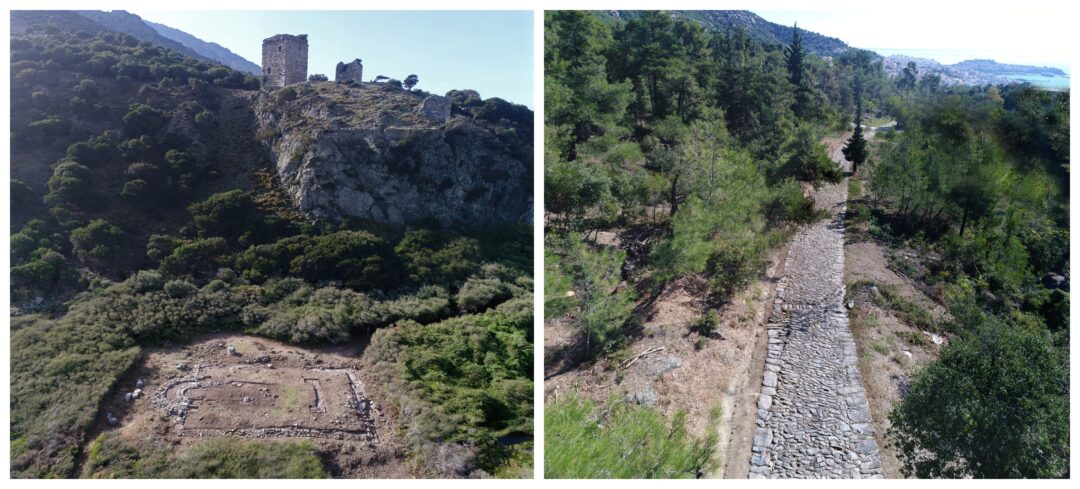
Samtothrace, the early Christian basilica of Palaiopolis (left), Cobblestone Roman road (via Egnatia) near Kavala (right)
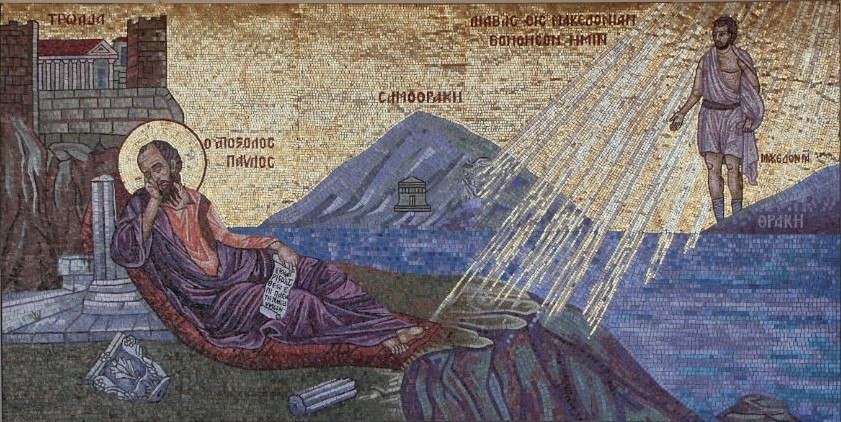
Mosaic at the “Apostle Paul’s Stasidi”, located on the north side of Samothrace, built in 2007 near the location where the ship carrying St Paul docked (Holy Metropolis of Alexandroupolis)
From Samothrace, one sails to the city of Kavala (ancient Neapolis), where St Paul disembarked on his way to the Macedonian interior. He was accompanied by Silas, Timothy, and St Luke the Evangelist.
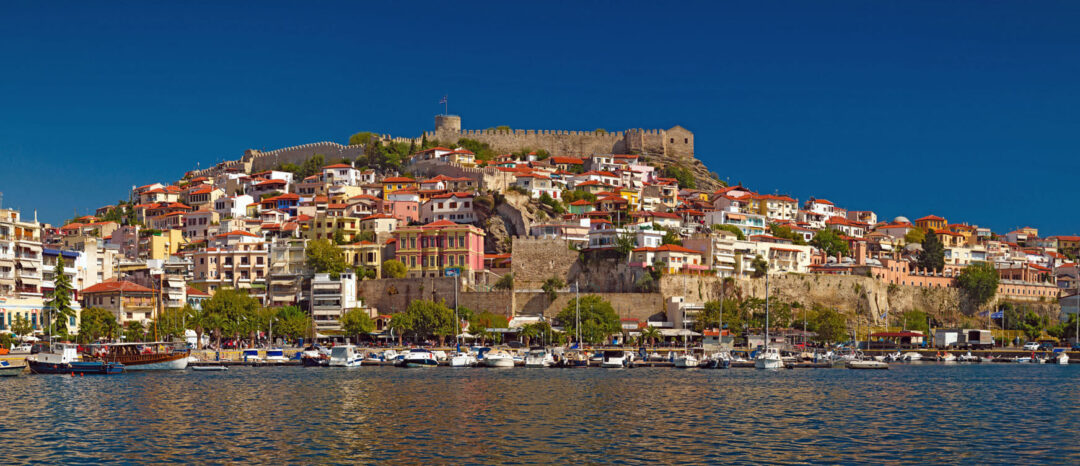
View of the port of the city of Kavala (Source: www.visitgreece.gr)
After following the Via Egnatia roman road, St Paul reached Philippi, at 12 km from Neapoli. At the archaeological site of Philippi, one can visit the Roman Forum where he walked, the so-called “prison” (St Paul and Silas were accused of provoking abnormalities in the city), as well as the Zygaktis river where the first Christian, Lydia, a noble woman from Thyateira of Asia Minor, was baptized.
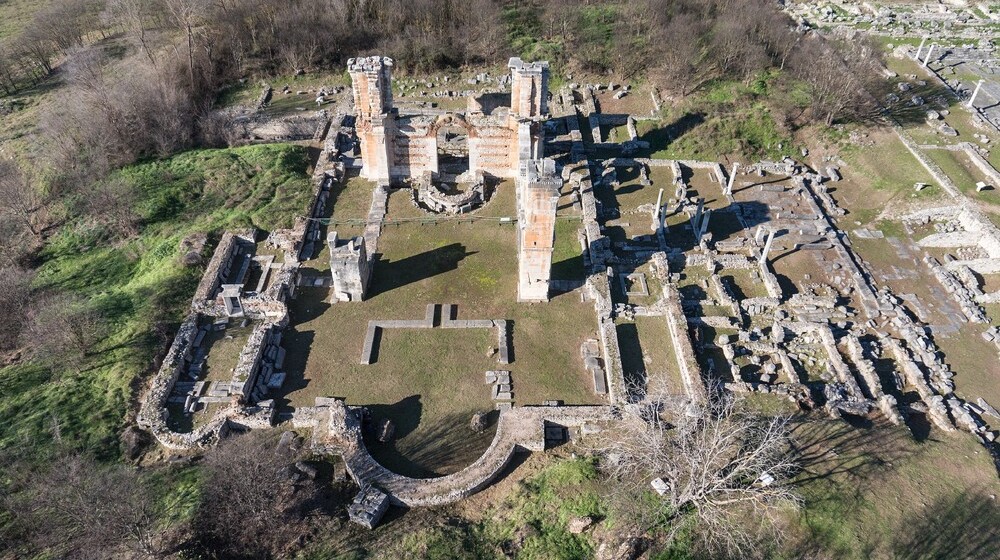
Archaeological site of Philippi, listed as a UNESCO World Heritage site – Basilica B (Hellenic Ministry of Culture)
In Amphipolis, at the northwestern edge of Mt Pangaion, visitors can stand next to the gates of the ancient walls which the Apostle crossed during his brief sojourn.
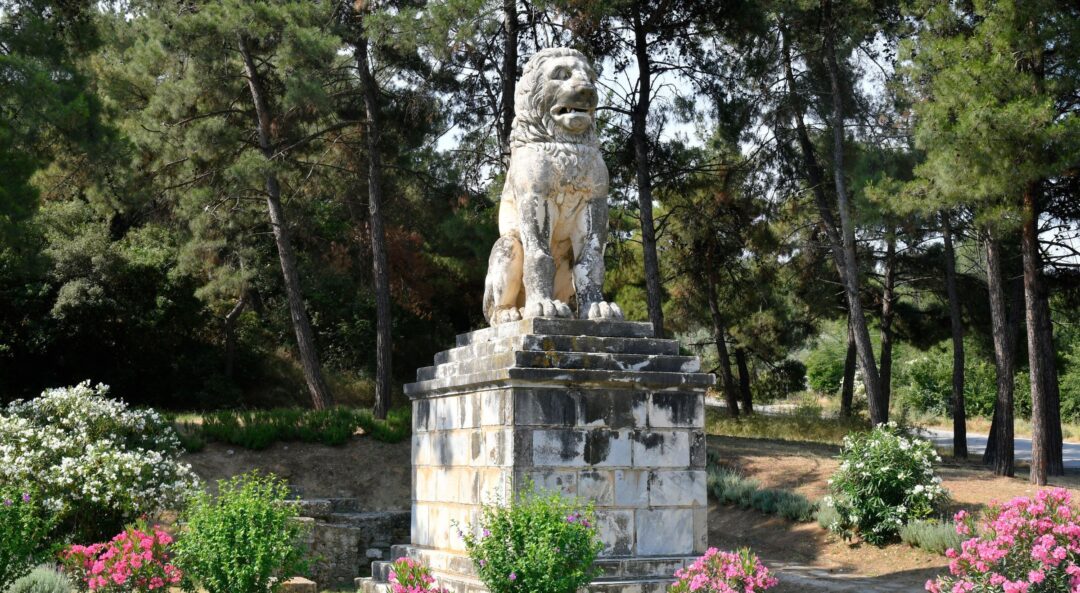
The lion of Amphipolis, 4th century BC, located next to the old bridge of the Strymonas river, at a short distance from the archaeological site of Amphipolis (Source: visit-centralmacedonia.gr)
Following the Apostolic route one can visit the mutatio (changing station) of the via Egnatia at Asprovalta, the modern bema of St Paul at Apollonia, next to lake Volvi, and Thessaloniki. In the city of Thessaloniki one can admire the Letaean gate of the city walls, through which Paul likely entered the city, the Roman Forum, the Vlatadon monastery, erected on a site where the Apostle preached, according to the local tradition and some of the oldest basilicas in the city centre.
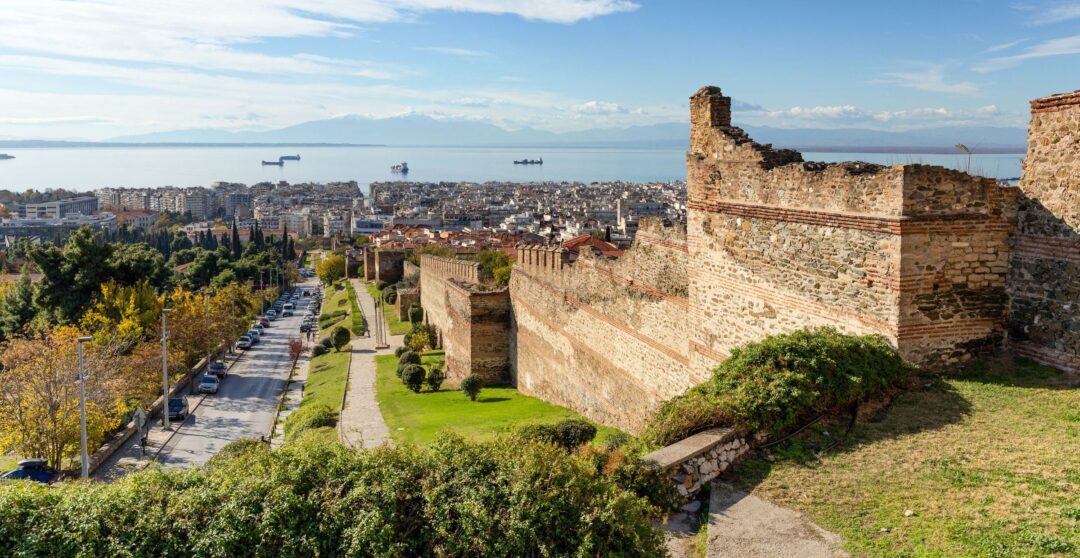
The upper town of Thessaloniki (Source: visit-centralmacedonia.gr)
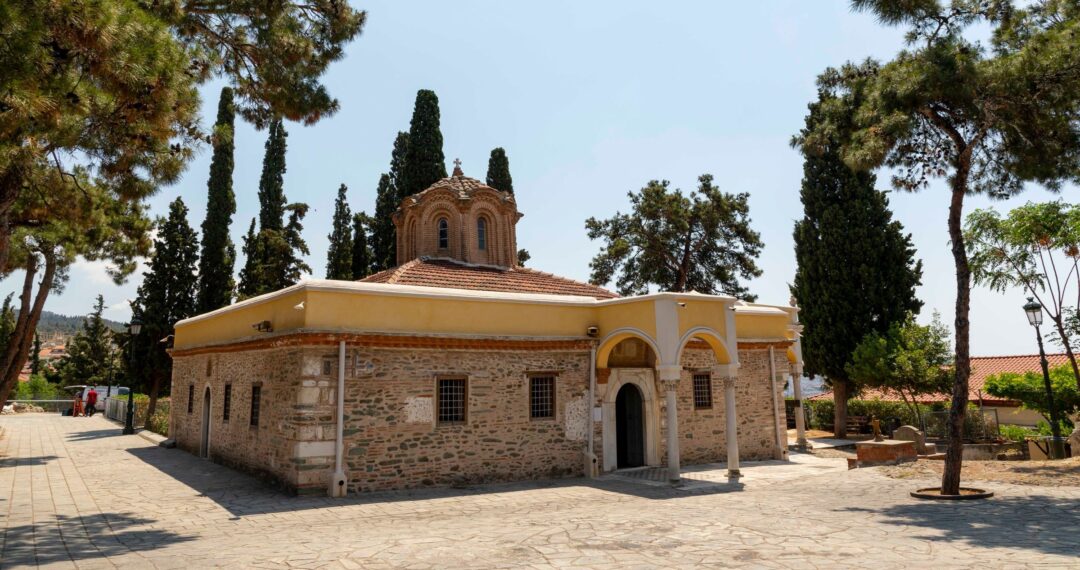
The Holy Patriarchal and Stavropegian Monastery of Vlatadon, built in the 14th century on the site of a pre-existing church, is the only Byzantine monastery in operation in Thessaloniki. It is one of the 15 UNESCO World Heritage Sites located in Thessaloniki (Source: visit-centralmacedonia.gr)
After Thessaloniki St Paul visited Berea (modern Veria). The urban route starts from the Royal gate of the city walls, reaching the modern Jewish synagogue built likely on the top of the ancient edifice, ending at the Opsician gate from where pilgrims and travelers can either walk, cycle or drive to the port of Pydna at the Pieria seashore, following his route.
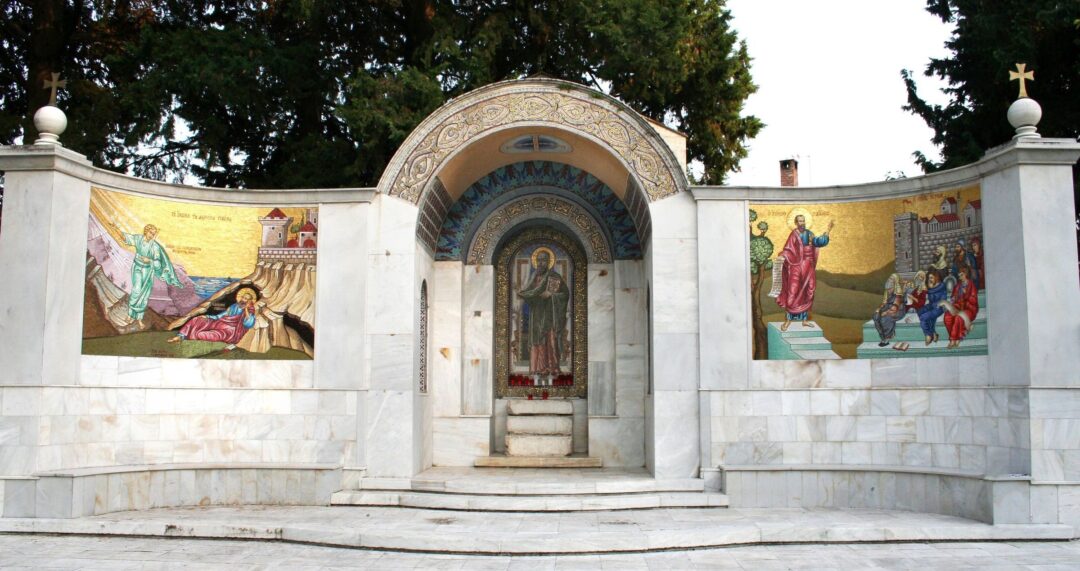
The pilgrimage monument known as “Step of the Apostle Paul” in the center of Veria (Source: visit-centralmacedonia.gr)
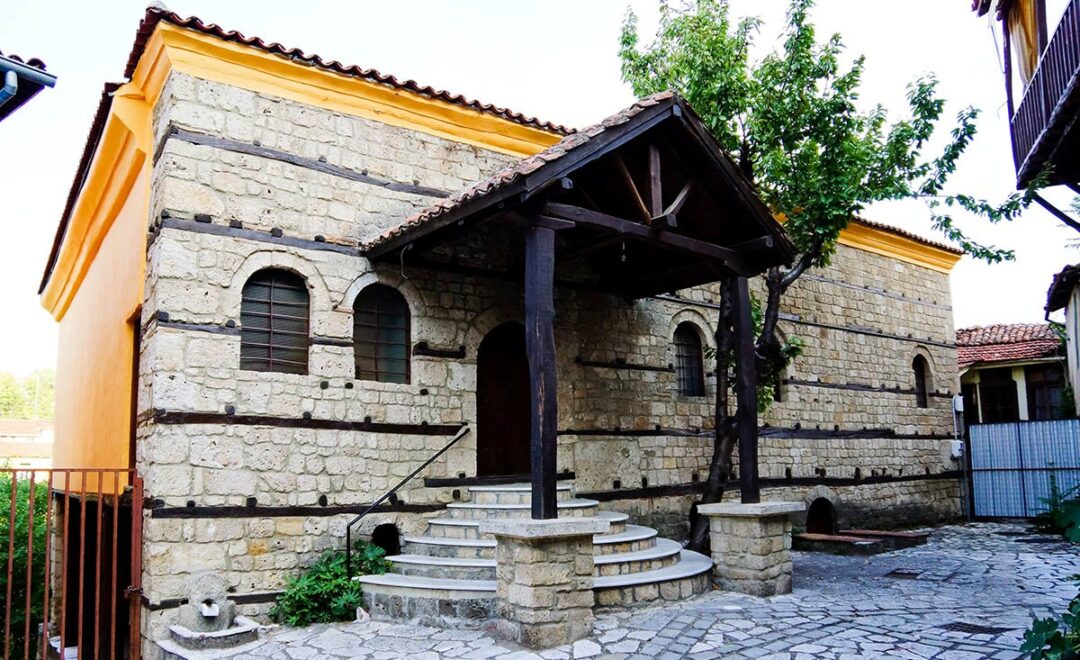
The Jewish synagogue in Veria, the most ancient synagogue in Northern Greece (Source: visit-centralmacedonia.gr)
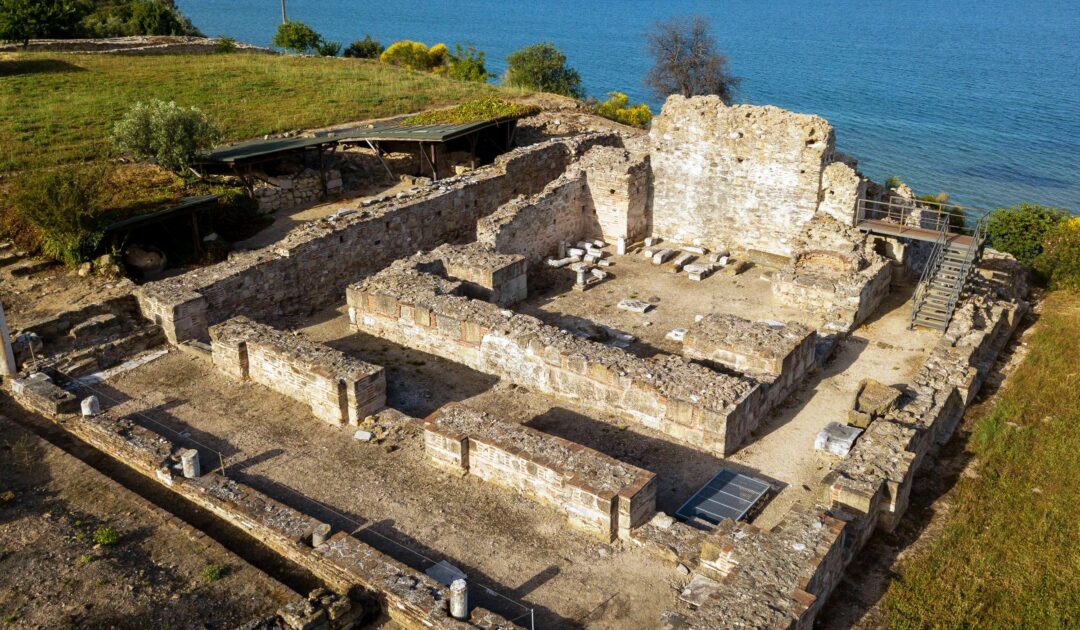
The ancient city of Pydna, on the shores of Thermaikos golf, has been known for great prosperity during the Byzantine years, as a port, an intermediate station between the North and the South of Greece (Source: visit-centralmacedonia.gr)
The next stop is Athens, where St Paul arrived by boat. On the site of the Ancient Agora, he spoke with philosophers, and on the Areopagus, the hill west of the Athenian Acropolis, he delivered his famous speech referring to the “unknown God”. It is said that he spoke in front of the High Court’s Body, as one of its members, Dionysius the Areopagite, adopted the ideas of his preaching and became Athens’ Patron Saint.
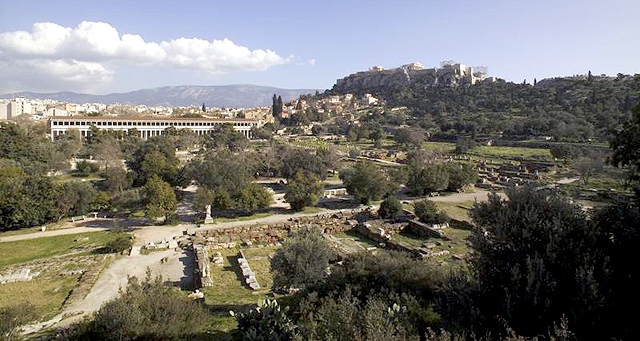
Athens, the Ancient Agora (Source: Ministry of Culture)
From the ancient port of Cenchreae and the early Christian basilica starts a third route heading towards the Bema at the archaeological site of Ancient Corinth, the Erastus’ inscription at the theatre and the Jewish exhibits of the museum. Apostle Paul is the patron saint of the city of Corinthos and an impressive church was built in his honor.
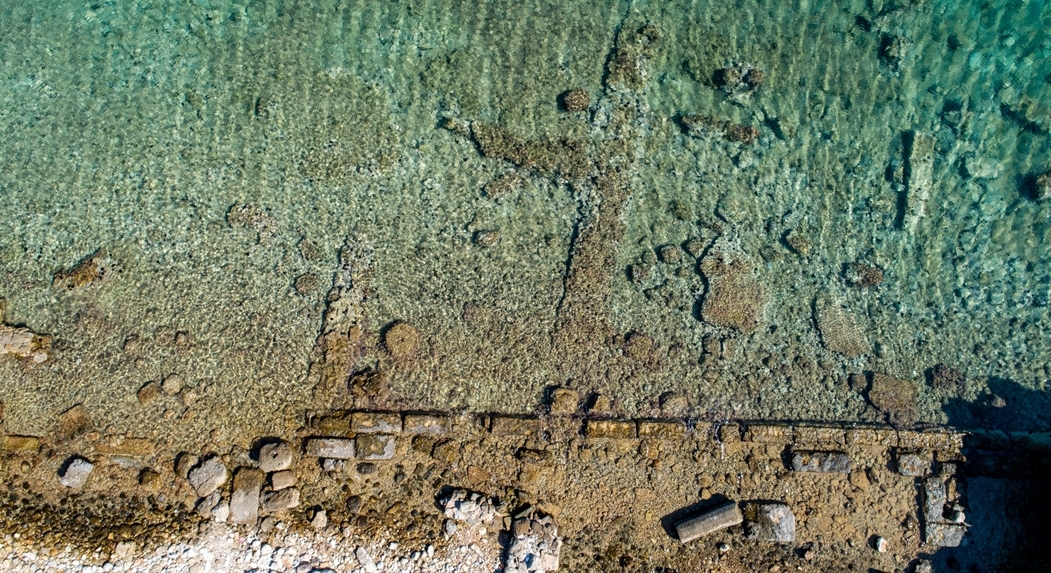
Τhe ancient port of Cenchreae: the Roman buildings are visible at sea level, and the ancient and classical buildings are underneath them (Source: visitpeloponnese.com)
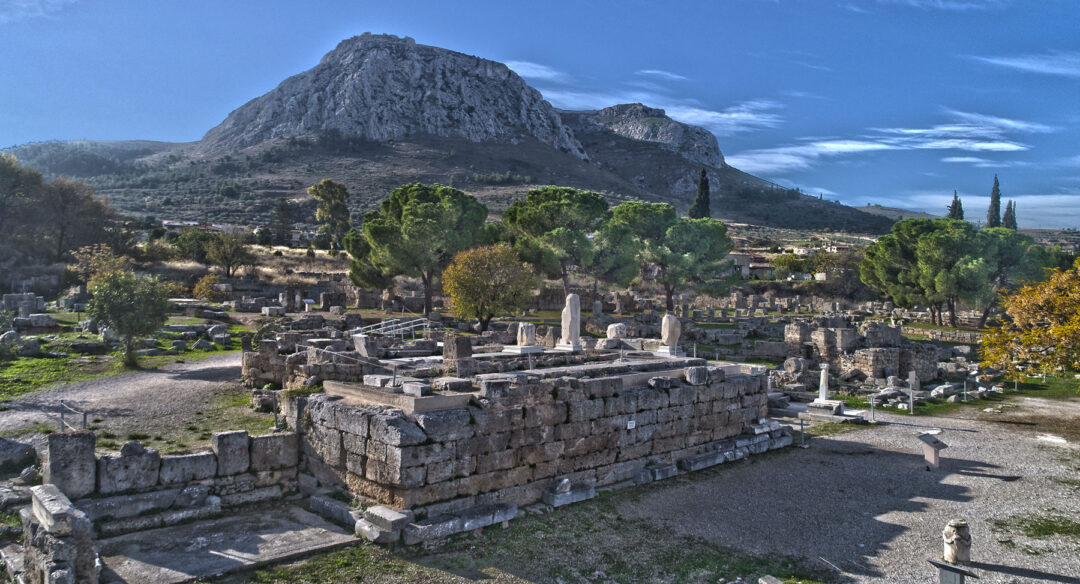
The Bema at the archaeological site of Ancient Corinth, the site of Paul’s trial, is a large elevated rostrum standing prominently in the centre of the Roman Forum (Source: Ministry of Culture)
The cultural route ends at Nikopolis in Preveza in Western Greece, the great Roman city which St Paul intended to visit by the end of his life.
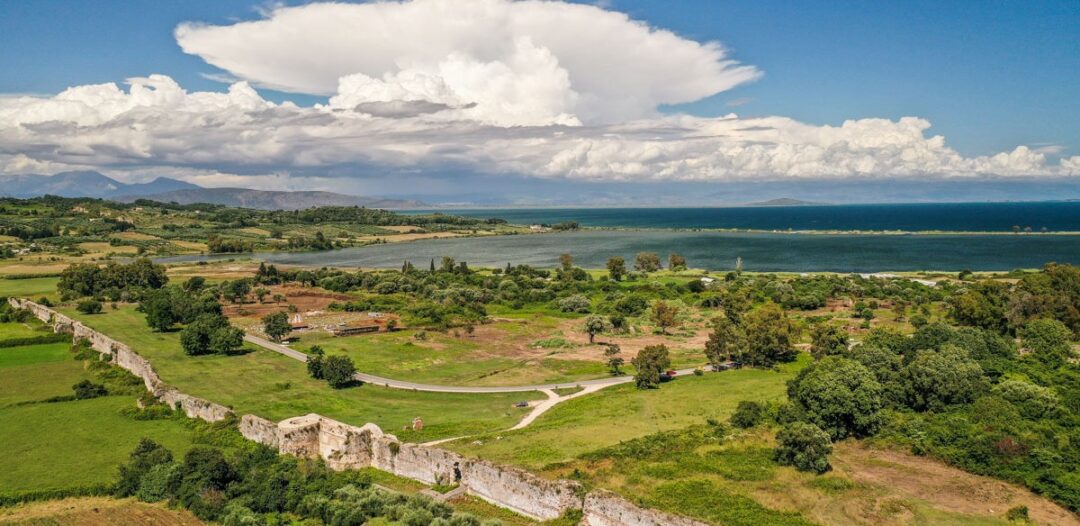
Archaeological site of Nikopolis (Source: visitpreveza.gr)
Read also: Greece, Cyprus and Italy walk in the footsteps of St. Paul
On the spiritual path in Greece
Byzantine and post-Byzantine Monasteries in Attica
I.A.
TAGS: EXHIBITION | HISTORY | RELIGION | TOURISM

